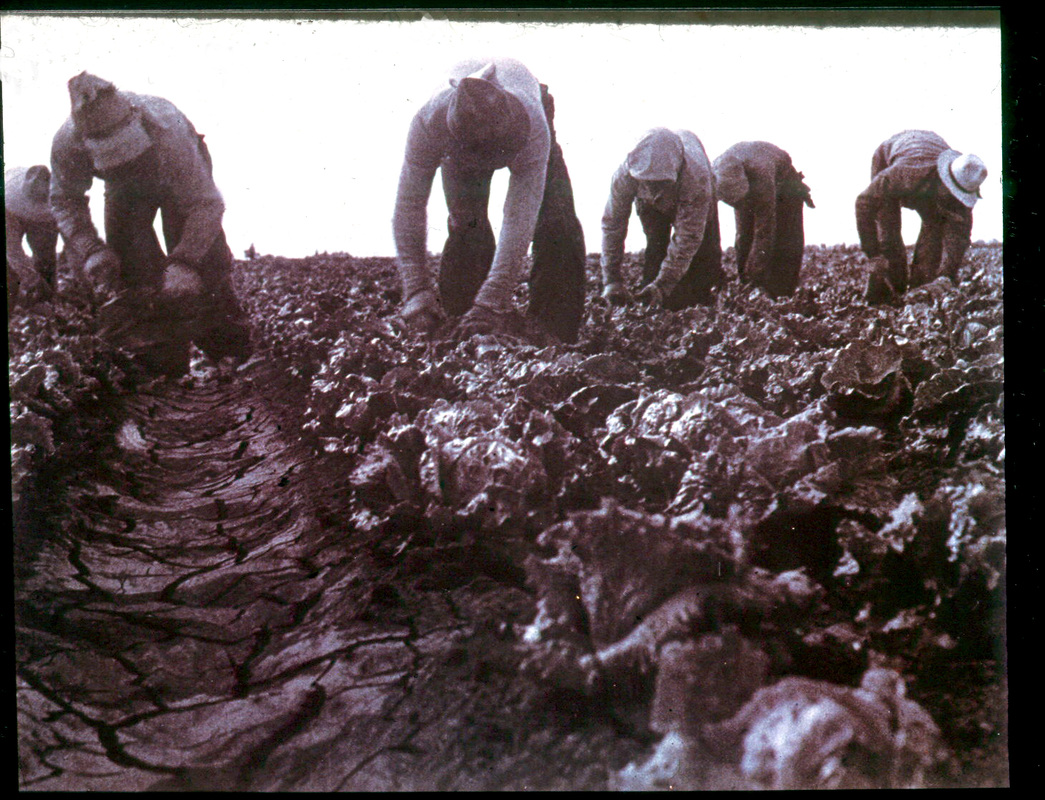39+ What Are The Geographical Features Of The Salinas Valley
Salinas lies within the currently recognized ethnographic territory of the Costanoan often called Ohlone linguistic group. On average there are 259 sunny days per year in Salinas.

What Was The Geography Of The Salinas Valley Salinas Valley California 1930 S
The US average is 205 sunny days.

What are the geographical features of the salinas valley. Salinas city seat 1872 of Monterey county western California US. This topographic map contains these locations and features. Spanish for saltworks is a city in California and the county seat of Monterey CountyWith a population of 155564 as of 2019 Salinas is the most populous city in Monterey County.
Over 32 million people were unemployed due to the great stock market crash is 1929. Geography Environment Undergraduate Programs. What are the basic most important facts The Great depression happened around 1929.
The Gabilan Mountains are mentioned in the first chapters of Of Mice and Men The Valley is along the coastal region in California. Please see current university notifcations related to campus access at at newssfsueducovid-19. The north end of the Salinas Valley opens to the Pacific Ocean source of the marine influence that cools the valley and makes possible the wide range of crops found here.
The Salinas Valley is located near to monterey bay and Santa Lucia mountains ranges in the nothern coast of California. The Salinas Valley is one of the major valleys and most productive agricultural regions in California. The US average is 28 inches of snow per year.
The Salinas Valley is located in Central California. 1 What are the geographical features of the Salinas Valley in California. Click on map above to begin viewing in our Map Viewer.
Salinas is an urban area located in the Monterey Bay Area just south of the San Francisco Bay Area and 10 miles 16 km southeast of the mouth of the Salinas River. The site at a crossroads on El Camino Real the old Spanish trail between San Diego and San Francisco was settled by Elias Howe in 1856 and became a cattle centre. 2 What kinds of jobs are available in the Salinas Valley.
All classes are being held in online mode through Summer 2021 and all labs and classrooms are closed so students will have received information from their instructors about how their classes will operate. The Valley itself lies between two mountain ranges The Gabilan and the Santa Lucia. In the 1930s the Salinas Valley was a poorly developed area with a relatively low population of about 5000 people.
You can name the Cerro Salinas and. In the Salinas Valley jobs are mostly agricultural 90. Salinas is located on the tip of the Peninsula of Santa Elena.
Of Mice and Men Virtual Field Study What were the main features of the Great Depression. Geographic features of the salinas river is that it has hilly swamps and several large land grants but a minimal population as the range was employed for grazing purposes. It is part of what is considered the coastal region but the valley itself lines between two mountain ranges the Gabilan and the Santa Lucia.
It lies in the Salinas Valley just east of Monterey Bay. The Salinas Valley is found in the Central part of California. As Salinas is in terms of geography.
Salinas gets some kind of precipitation on average 60 days per year. The valley framed by mountain ranges on the east and west runs the length of the county and is the site of most of the agricultural activities in the county. It is part of what is considered the coastal region but the valley itself lines between two mountain ranges the Gabilan and the Santa LuciaThe Salinas Valley lies along the Salinas River and the longest underground river.
The Salinas Valley is located in Central California. The Great Depression did not affect the Salinas Valley as much as it did many other parts of the United States and during the 1930s many displaced workers from other areas of the country came to Salinas Valley. Salinas CA USGS 124K Topographic Map Preview.
In brief the group followed a hunting and gathering subsistence pattern with partial dependence on the natural acorn crop. The winter is mild thus the climate is excellent for growing vegetables. It is located west of the San Joaquin Valley and south of San Francisco Bay and the Santa Clara Valley.
Precipitation is rain snow sleet or hail that falls to the ground. Salinas s ə ˈ l iː n ə s. The Salinas River which geologically formed the fluvial valley and generated its human history flows to the northwest or up along the principal axis and the length of the valley.
It is very well known for its agricultural community. The major geographical features of the area are the Santa Lucia Range the Salinas River Valley and the Templeton Gap. It is an almost flat area with very few elevations.
